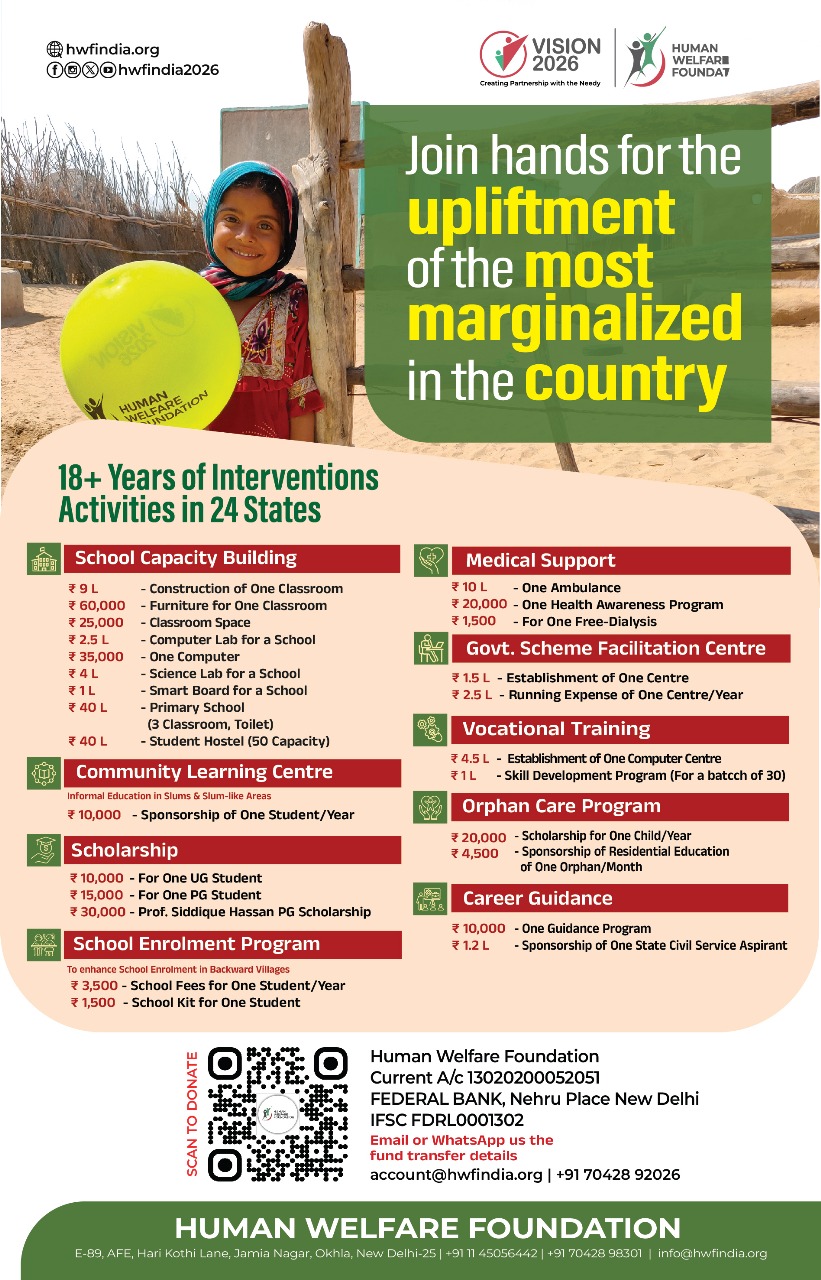


Auto driver comes to Jamia Nagar after 17 years, this is what he observed
It was more than 17 years ago when a Sikh auto driver had visited Abul Fazal Enclave a few times. And on Wednesday, he came once again and made some scathing observations about the locality, saying that he wonders why development is so slow in the area.
When asked where was he all these years and what stopped him from coming to this locality? He said he avoided the locality due to traffic snarls and used to drop passengers at Jamia Millia Islamia and go back. Recalling the old days, he said seventeen years ago the area was under developed and there were a few houses.
He said he still remembers a big building at Hari Kothi where he used to come to drop and pick up some items several times. However, today the locality has grown lacking in basic amenities, he said.
“Today I picked up a passenger from AIIMS. The person was unwell and his family members told me that they were finding hard to get somebody to take them to AFE and hence I agreed. I dropped them nearby by a big hospital here in AFE,” he said. Was it al-Shifa hospital? He said: “Yes, near it.”
The Sikh auto driver, who resides in Vikas Nagar in Delhi, said his family is originally from Mewat where there are several Said (Syed) Muslims with a huge mosque.
The state of the area left him shocked. He is not the only one to observe so. Many auto drivers and outsiders, who visit the locality, express their surprise over poor road infrastructure in some parts of the locality.
See Vikas Nagar was developed after AFE and the colony has all the facilities, said the man, adding that it appears there is no pipe water supply in the locality.
A few days ago an auto driver had said people in this locality are dead and how do they reside in such bad conditions with encroachment, mushrooming roadside eateries, workshop, illegal parking of vehicles, waterlogging, broken roads, dumping of garbage on roadside and no water supply.
A few years ago an Okhla-based NGO had done first-of-its kind survey in which they studied Muslim-dominated wards and observed that during the 15 years of Congress Government, Delhi was developed but these wards cried for attention.



